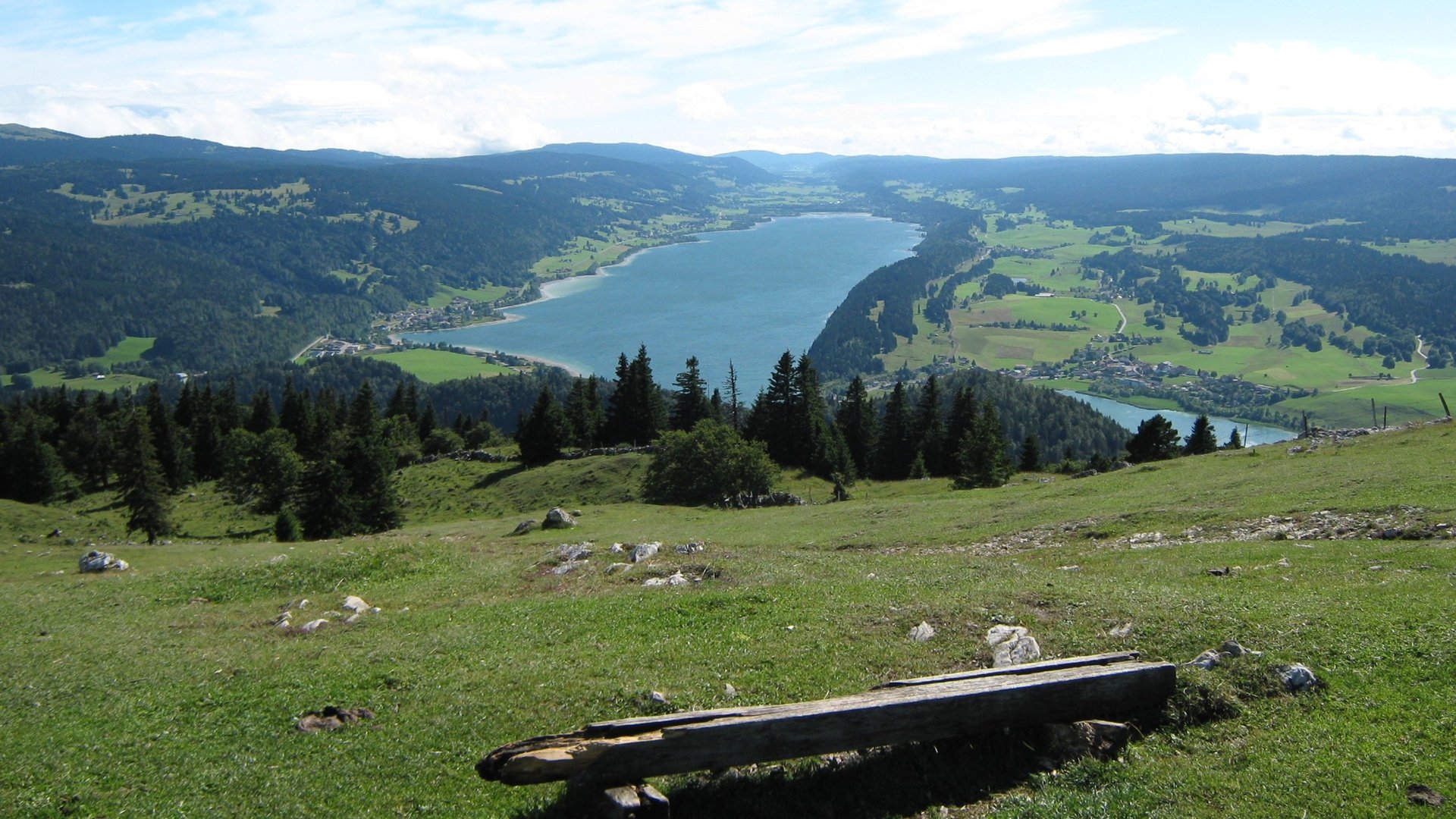A Hidden Gem on the French-Swiss Border
The Risoux forest, known as Risoud in Switzerland, stretches across the French-Swiss border, forming a vast expanse of greenery that spans the Jura mountain range and the Vaud ridges. This immense woodland, covering over 2,500 hectares, is not only the largest forest in Europe but also a natural treasure that bridges two nations. Its towering fir and spruce trees create an uninterrupted canopy, offering a serene and mysterious atmosphere that captivates all who enter.
A Journey Through Time and Nature
Stepping into the Risoux forest feels like entering a world untouched by time. The dense coniferous trees create a cathedral-like environment, where history and nature intertwine. Whether following a marked trail or venturing off the beaten path, visitors are enveloped in a sense of ancient presence. Legends echo through the hollows of the trunks, and each step reveals a new layer of memory, making the forest feel alive with stories.
Hikers often visit the Risoux forest for its peaceful trails, aware that they are walking on land steeped in history. For centuries, this area served as a smuggling route, with traders transporting goods such as tobacco, sugar, coffee, and alcohol between France and Switzerland. Smugglers would navigate the winding border, evading customs officers with skill and caution.
During World War Two, the forest became a vital passage for resistance fighters moving between occupied France and free Switzerland. Today, remnants of this era remain, with a few log cabins still standing along the forest paths, serving as silent reminders of the past.
The Magic of Tone Woods
Beyond its historical significance, the Risoux forest holds a unique secret: its wood. The trees here grow slowly in a harsh climate at altitudes above 1,200 meters, resulting in a rare type of wood known as “tone wood.” This material is prized for its tight fibers, exceptional density, and lack of knots, making it ideal for crafting musical instruments. Luthiers around the world seek out this wood to create violins, cellos, and guitars that resonate with unparalleled acoustic quality.
The lumberjacks of the Risoux forest have preserved their traditional methods for generations. They understand that even a slight mistake in cutting or timing can diminish the value of the wood. Some still use horses to transport the precious logs, minimizing environmental impact. These materials are then passed on to master craftsmen, whose artistry brings forth instruments that fill concert halls with harmonious sound.
Exploring the Forest’s Trails
For those seeking adventure, the Risoux forest offers several trails that lead through its quiet beauty. The Chalet Neuf hike provides an accessible route with breathtaking views of Lac de Joux. On clear days, visitors may spot deer, foxes, and even lynx, the elusive inhabitants of this well-preserved landscape.
On the French side, a path winds from Bois-d’Amont through the heart of the massif to the belvedere at Les Dappes. This easy loop trail takes hikers through moss-covered clearings and offers panoramic views of the Jura valleys, while maintaining the wild spirit of the forest. For a deeper connection to the past, there is also a themed trail that traces the history of the Risoux frontier crossers during World War Two.
A Place of Silence and Inspiration
As night falls, the forest becomes even more profound. The silence is thick and dark, broken only by the occasional chime of cow bells and the creaking of branches in the wind. It is easy to see why this place continues to inspire legends and adventure stories. Some say that if you listen closely, you can hear the murmurs of instruments yet to be shaped, waiting in the hollows of the sleeping trunks. The Risoux forest remains a timeless wonder, a place where nature, history, and artistry converge.







